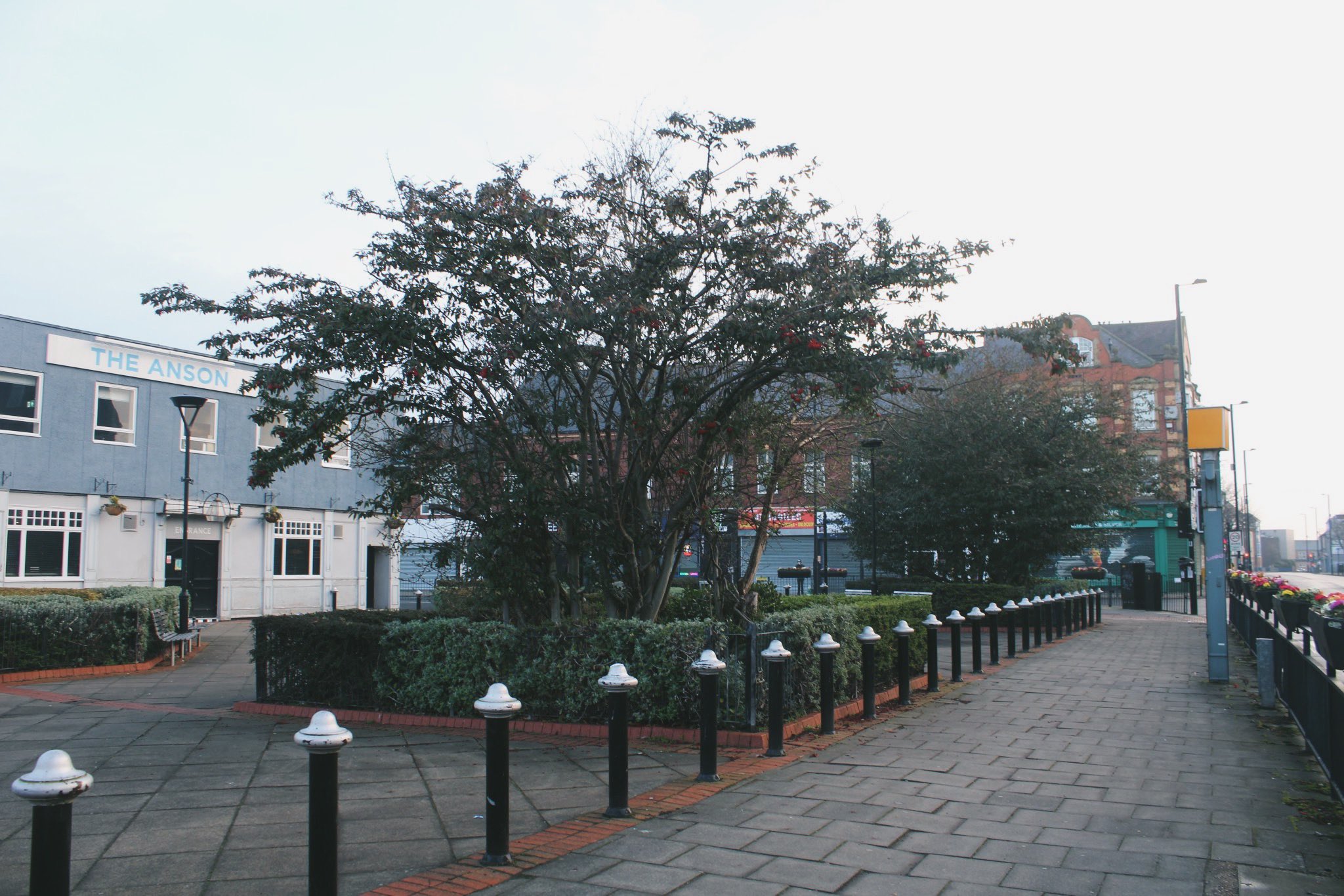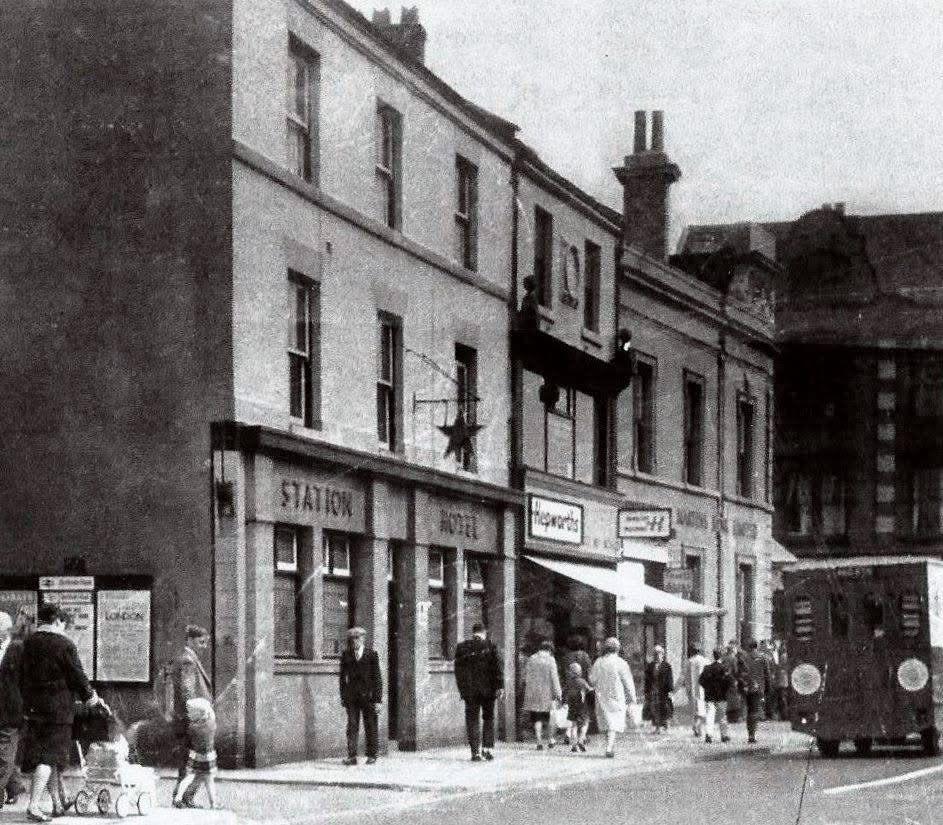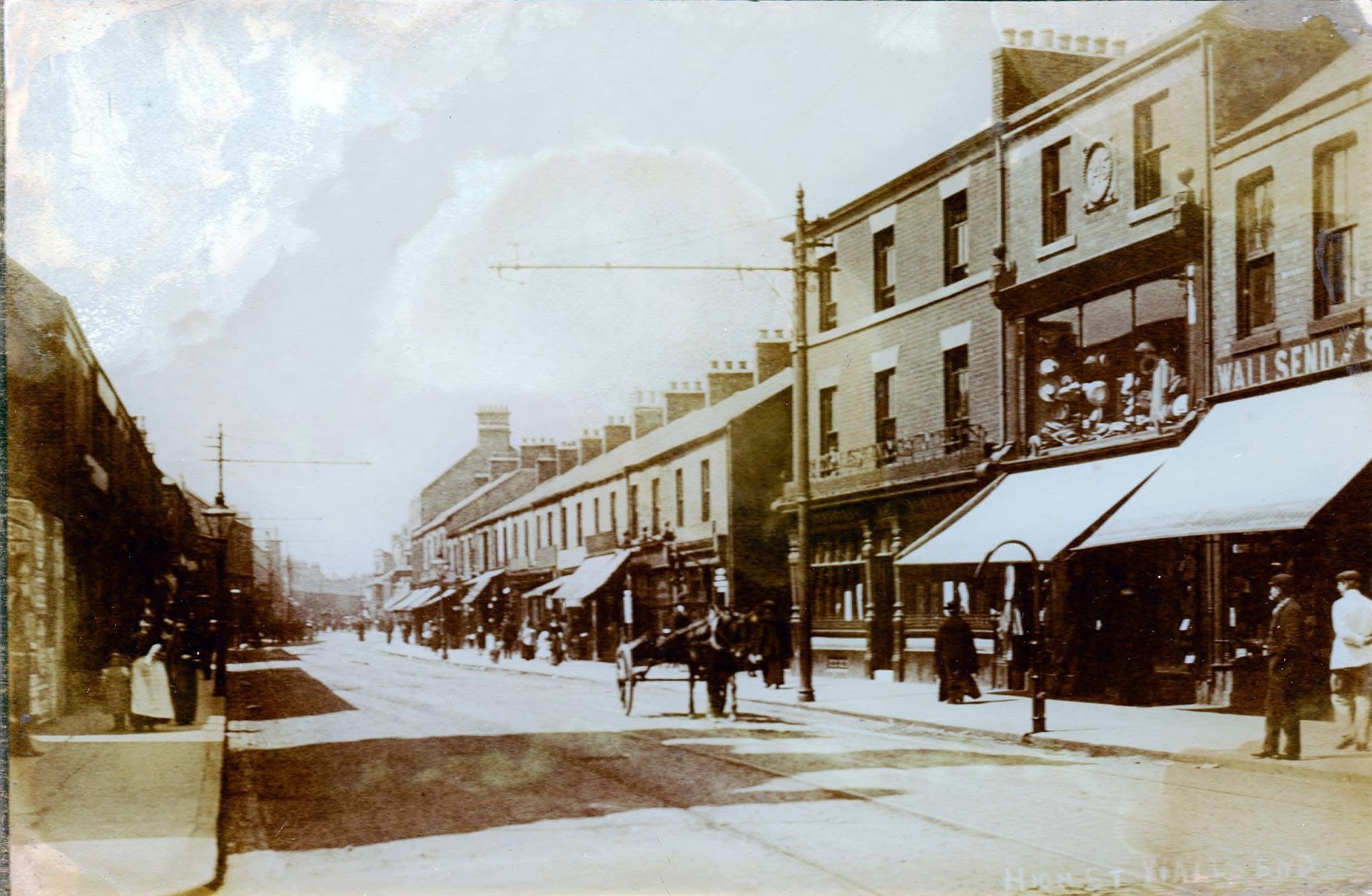
Wallsend
Station Hotel, Wallsend
Last Updated:
31 Mar 2025
Wallsend
This is a
Pub
54.991140, -1.534253
Founded in
Current status is
Demolished
Designer (if known):

Replaced by The Anson pub
At this site, now occupied by a mini plaza near the Anson, was the Station Hotel. Such a name provided legitimacy and likely the first inn you’d look for in the directory if you’re not from these parts. It opened in September 1872 on a site previously vacant bordering old pit terraces and a smithy. The premises stretched all the way down to the back of the Anson site today, utilising the space for rooms for weary travellers and those boarding to work at the yards nearby.
It was also known as the Penny Wet, as shipyard workers on their way down Station Road nipped in to get a coffee and rum before their shift as early as 6:30. This was before the Licensing Act, when it was a free for all with inns opening whenever the trade lie.
The pub was also the primary space for inquests at Wallsend before there was a mortuary nearby. The local coroner would investigate the deceased here before their cause of death was confirmed. From here they’d be taken for burial.
It sadly closed in 1967 to make way for the total redevelopment which included the shopping centre and the Anson. This really opened up the town, which appeared to look very cramped and enclosed back then, though I’m sure it has its objectors.
I also notice there was a refronting of the pub previously featuring a much more ornate Victorian facade to a more Edwardian/pre-war tiling scheme.
Listing Description (if available)


Shown here are the Ordnance Survey maps of the 1890s and that published in 1939. They accentuate the scale of growth and transition around Wallsend at this time from an early 19th century colliery village to a modern shipbuilding settlement. Wallsend through through the 1890s and 1900s was right in the middle of its housebuilding boom, as seen in the Ordnance Surveys from this time period. Given the flank of shipyards and collieries, the "Carville" area was perfectly placed to site thousands of workers and their families. The amenities developed in this time covered every aspect of their lives too - chapels, theatres, public houses and post offices dotted the high street alongside the cafe. This is alongside the lawn tennis ground, which used to stand directly next to the cafe. The Zion chapel over the road was demolished between the maps and replaced with the Boots building, now Ramsdens.
Our Station Hotel was a relatively recent addition, but outlasted many of the structures around the junction which were demolished during this sweeping change.

The survey from 1858, published 1864, depicts a very different area. The settlement developed as Carville, with Wallsend focusing on the cluster around the Green. Carville developed as a small village around the Gosforth and Kenton Waggonway, Carville Hall and the coal drops on the Tyne.
Before the pub, allotments and gardens stood adjacent to the site, while what we know as the High Street was yet to develop into a proper town. There was a village smithy, pit rows and a few burgeoning industries like roperies, chemical works and iron works.

The site of the Station Hotel in March 2024

The Station Hotel, Martins Bank and Hepworths adjoining in the mid to late 1960s, just before closure. We can see the new British Rail identity on the side elevation which provides us a good understanding of the date. Original source unknown.

The early 20th century townscape looking west, with the Station Hotel centre right next to a tramway overhead mast. This is before re-outfitting, presumably by Newcastle Breweries.
